| Structure | Name/CAS No. | Articles |
|---|---|---|
 |
Sodium hydroxide
CAS:1310-73-2 |
|
 |
3-Ethyl-2,4-pentanedione
CAS:1540-34-7 |
|
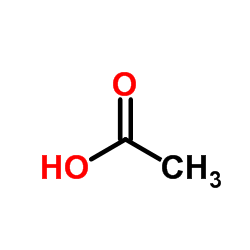 |
acetic acid
CAS:64-19-7 |
|
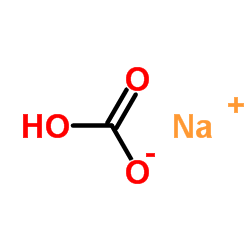 |
SodiuM bicarbonate
CAS:144-55-8 |
|
 |
DL-Methionine
CAS:59-51-8 |
|
 |
HEPES
CAS:7365-45-9 |
|
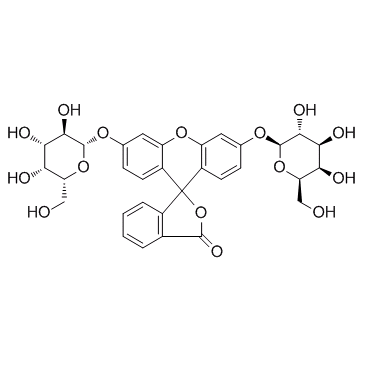 |
Fluorescein di(β-D-galactopyranoside)
CAS:17817-20-8 |
|
 |
Ethylenediaminetetraacetic acid
CAS:60-00-4 |
|
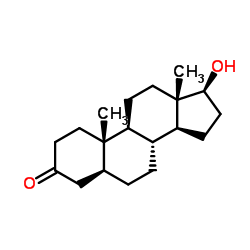 |
Stanolone
CAS:521-18-6 |
|
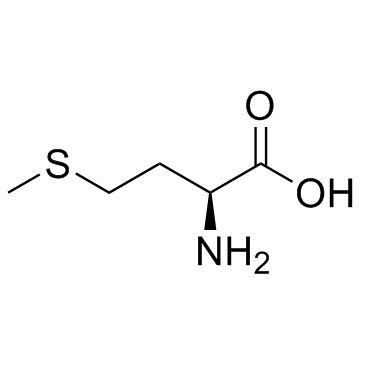 |
L-Methionine
CAS:63-68-3 |